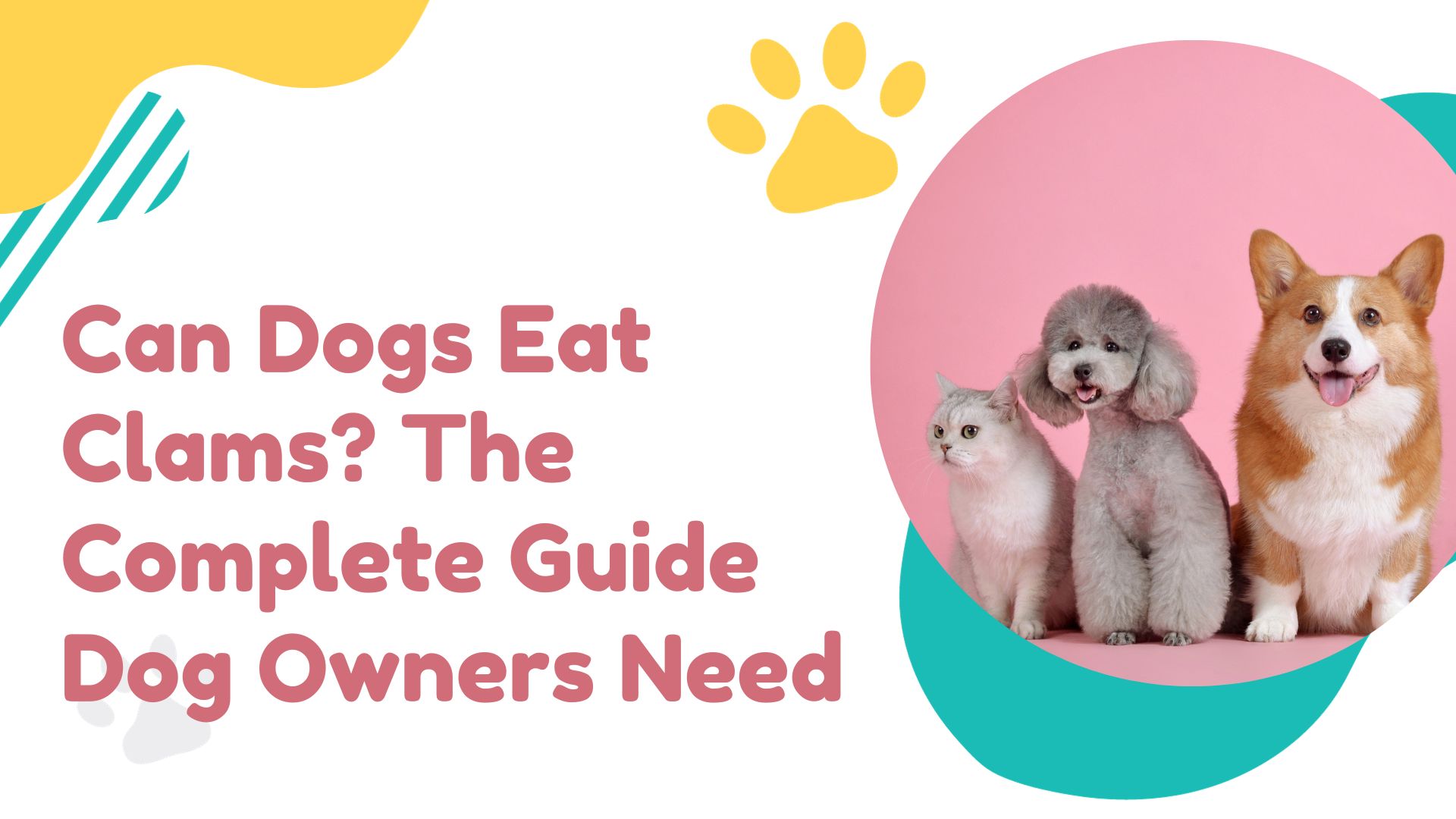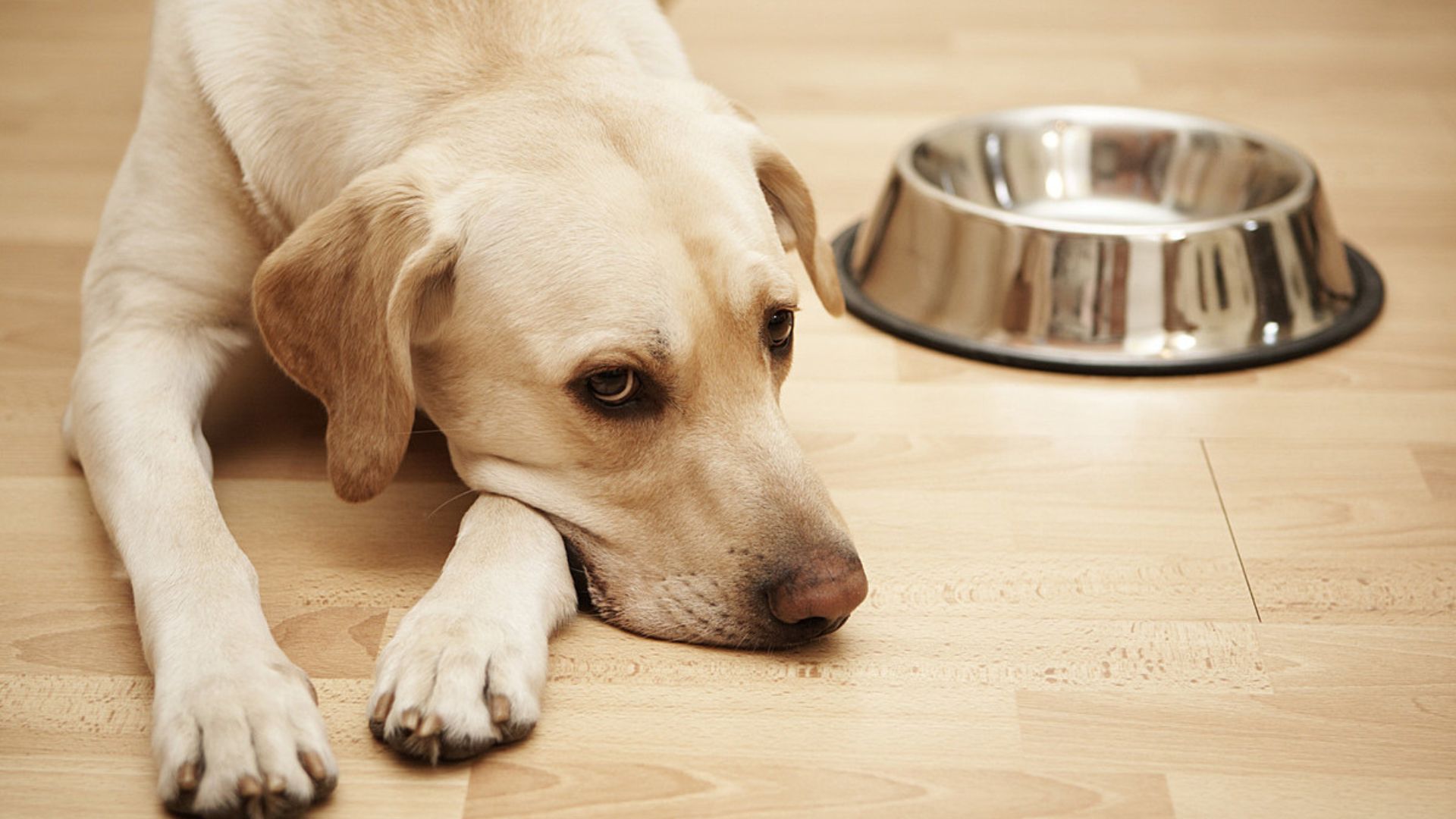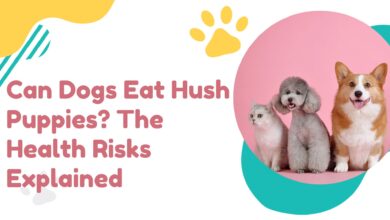Can Dogs Eat Clams? The Complete Guide Dog Owners Need
The Shellfish Snack Guide: Benefits, Risks, and Tips for Serving Clams to Your Canine Companion

Clams can make a tasty treat for humans, but can dogs eat clams too? This shellfish snack may seem like an option for pups, but there are some important factors to consider before adding clams to your dog’s diet.
Can Dogs Eat Clams?
While clams are not toxic to dogs, they do come with some potential benefits and risks. According to the AKC guide to human foods for dogs, clams can provide protein, omega-3 fatty acids, B vitamins, iron, zinc, and copper.
However, clams are also high in sodium, carry a risk of parasites, and their shells pose a choking hazard.
When asked about experiences with dogs eating clams, Dr. Sarah Johnson, a veterinarian at Coastal Animal Hospital, said “We’ve seen a few cases of excessive thirst and GI upset after dogs ate clams at the beach.
Their high sodium levels can cause these issues in some dogs.” She recommends cooking clams thoroughly and monitoring portion sizes to avoid adverse reactions.
Precautionary Measures for Taking Clams

If you want to share some clams with your canine companion, be sure to take the proper precautions:
- Cook clams thoroughly to kill any bacteria or parasites. Freezing for 2 weeks can also inactivate parasites.
- Remove the shell completely to prevent mouth injuries or choking.
- Chop clams into small, bite-sized pieces that are easy to chew and swallow.
- Limit portion size to a few clams at most per meal. Clams should comprise no more than 10% of your dog’s daily caloric intake.
- Mix clams with dog food or broth to make them easier to eat.
- Watch for signs of an allergic reaction, like vomiting, diarrhea, hives, swelling, or wheezing. Discontinue feeding if any symptoms appear.
The clam meat itself is safe for dogs to consume. However, avoid feeding dogs the tough, rubbery siphon or neck part of the clam.
This section is difficult to chew and may present a choking risk. Only the soft belly and foot meat should be fed to dogs.
What Does the FDA Recommend?
While the FDA recommends selecting nutritious dog food for balanced everyday nutrition, clams can offer supplementary protein and nutrients when given occasionally and safely.
With proper preparation and limitations, you can feel comfortable letting your dog slurp up this shellfish snack. Just watch out for excessive sodium intake and be vigilant about allergic reactions.
With some common-sense precautions, both you and your dog can enjoy the flavor and nutritional benefits of clams in moderation.
How To Safely Feed Your Dog Clams
While clams can make a nutritious occasional treat for dogs, proper preparation and portioning are key to ensuring safety.
Here are some important tips on the best ways to feed clams to your canine companion:
Can Dogs Eat Raw Clams?
Raw clams are not recommended for dogs, primarily due to the risk of parasites like crypto that can infect intestines.
Thorough cooking kills any dangerous organisms living in the clam meat. If you choose to serve raw clams, freezing them for at least 2 weeks below -4°F can inactivate parasites according to ASPCA guidelines.
Can Dogs Eat Clam Chowder?
Clam chowder is fine for dogs in moderation, provided it’s not loaded with thickening agents. Stick to dog-safe broth-based, low-sodium varieties. Restrict portions to a few spoonsful mixed with their regular food.
Can Dogs Eat Canned Clams?
Yes, canned clams are safe for dogs. Choose clams packed in water and rinse thoroughly before serving to remove excess sodium. Chop canned clams into bite-size pieces to prevent choking.
Can Dogs Eat Clam Shells?
Avoid feeding dogs sharp clam shells, as shell fragments can puncture the mouth, throat, or intestines. Injuries from shells have required emergency surgery in some dogs, so play it safe by removing shells.
For a safer homemade option, try these DIY clam treats:
- 1 6.5 oz can of chopped clams, drained and rinsed
- 1 cup whole wheat flour
- 1/4 cup peanut butter
- 1 egg
Next, you can:
- Preheat oven to 350°F and line a baking sheet with parchment.
- In a bowl, mix together clams, flour, peanut butter, and egg until a dough forms.
- Roll dough into coin-sized pieces and arrange on a baking sheet.
- Bake for 15 minutes until lightly browned. Cool before serving a few treats to your dog.
This recipe safely delivers clam flavor and nutrients without the hazards of shells. Customize treat ingredients based on your dog’s diet.
When preparing clams:
- Remove the tough siphon or neck – this rubbery part can pose a choking risk
- Only feed the soft belly and foot meat
- Watch for signs of an allergic reaction like vomiting or itching after eating clams
- Discontinue feeding if any symptoms develop
While clams can provide benefits like protein, omega-3s, and zinc, they may cause issues for dogs prone to allergies or sodium sensitivity.
Work with your veterinarian to decide if clams are a good occasional supplement for your individual dog. With some precautions, both you and your pup can enjoy a few clams as a salty, nutritious beachside treat.
Can Dogs Eat Clams?: Health Benefits and Risks
While clams can be a healthy occasional treat for dogs, they also come with some potential health implications. Here is an overview of the possible benefits and risks of feeding clams to dogs:
Read More: Can Dogs Eat Hush Puppies?
Potential Benefits
- Protein – Clams provide high-quality protein to support muscle development and organ function.
- Omega-3 fatty acids – These compounds reduce inflammation and benefit cardiovascular health.
- Iron – Clams supply iron to prevent anemia and boost oxygen circulation.
- Zinc – This mineral supports immune system function in dogs.
- B vitamins – Clams contain B12, folate, and other B vitamins that aid metabolism and neurological activity.
Compared to other common dog foods, a 3 oz serving of clams contains:
- 2x the protein of 1 tbsp peanut butter
- 4x the vitamin B12 of 1 hard-boiled egg
- 2x the zinc of 3 oz plain yogurt
Potential Risks
- Sodium – Clams are high in sodium, which can lead to excessive thirst and urination if overfed.
- Parasites – Raw clams may contain crypto parasites that infect dogs if not cooked thoroughly.
- Choking hazard – Clam shells can puncture or get lodged in throats if swallowed.
- Allergies – Some dogs may be allergic to clams and experience reactions like skin irritation or GI distress.
When incorporating clams into a dog’s diet, moderation is key:
- For a 20 lb. dog, limit portions to 1-2 oz of clam meat per meal
- Clams should not exceed 10% of daily caloric intake
- Watch for signs of allergic reaction or GI upset
While clams can offer nutritional benefits, dog food provides the balanced nutrition pups need every day. Look at clams as an occasional supplementary snack, not a meal replacement.
Monitor your dog’s reactions carefully, and check with your vet about the appropriateness of clams for your pet’s individual needs.
With some care and common sense, both you and your dog can enjoy a few of these shellfish treats.



